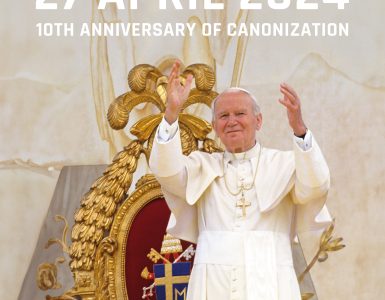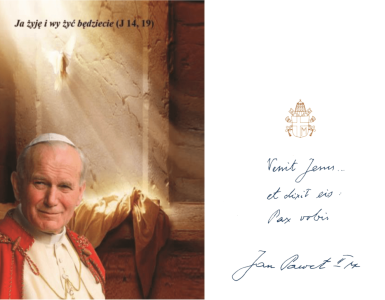There is a place in the Vatican Gardens that the entire world often looks at. And, by looking it immediately sees that these are the Pope’s gardens. It is an element that catches the eye when we look at the Vatican from the windows of an airplane or from the height of the dome of St. Peter’s Basilica – the Papal coat of arms woven from wonderful, colorful plants. A challenge for gardeners, and at the same time a real emblem of gardens, without which it would lose much of its unique character. (…)
-The Papal coat of arms is a very interesting element of my work. Of course, its appearance changes profoundly every time a new Pope is elected. I experienced two such thorough modifications – working under three pontificates, I took care of three coats of arms. First about the coat of arms of John Paul II, then there was the exchange and arrangement of the coat of arms of Benedict XVI, and finally the change to the coat of arms of Pope Francis.
In such a situation, the soil and the entire substrate are replaced, only the form around remains, and then, of course, you need to adapt the plants to the appearance of the coat of arms itself. While John Paul II had a very simple coat of arms, with the famous letter M, Benedict XVI put us to a great test when it comes to the shape of individual elements and colors. We all remember his shell, his bear, his dark skin color. I remember very well that we had to struggle over this coat of arms for a very long time to make everything work out perfectly. Our boss, Dr. Cortellessa, was wondering how to prepare the metal skeleton at the bottom, and then we filled the whole structure with different plants. Their colors had to faithfully reflect the colors of the coat of arms. Twice a year we exchanged all the plants in the coat of arms depending on the season. In the spring we planted summer flowers, and in the autumn – winter plants.
Magdalena Wolińska-Riedi “It happened in the Vatican”
Znak Publishing House. Kraków 2020
pages: 138, 139 – 140




